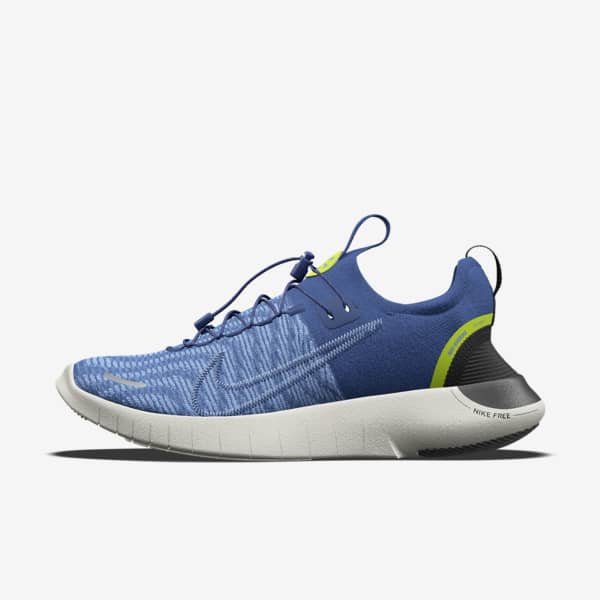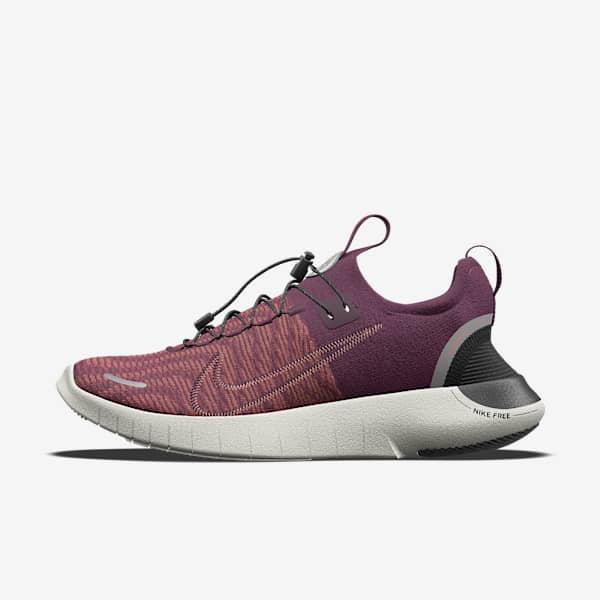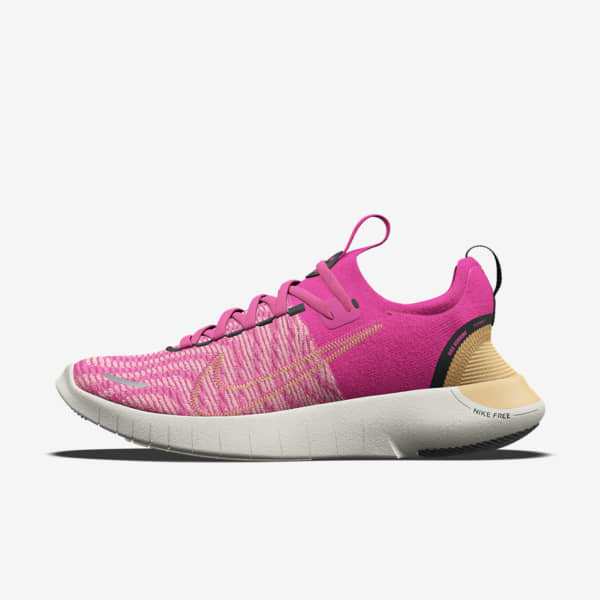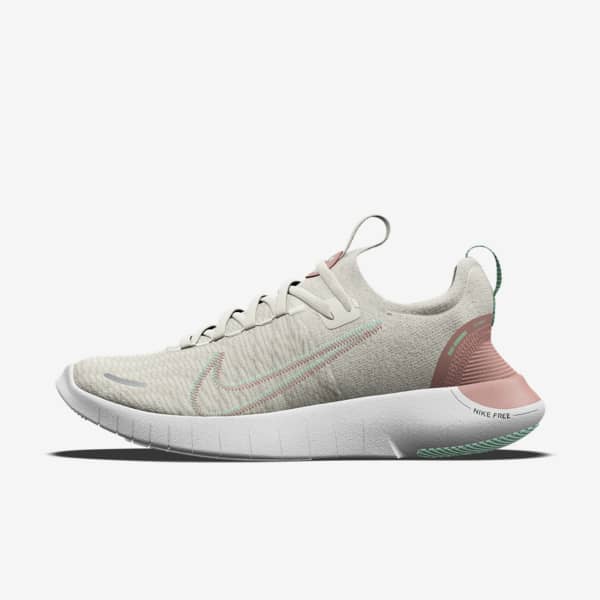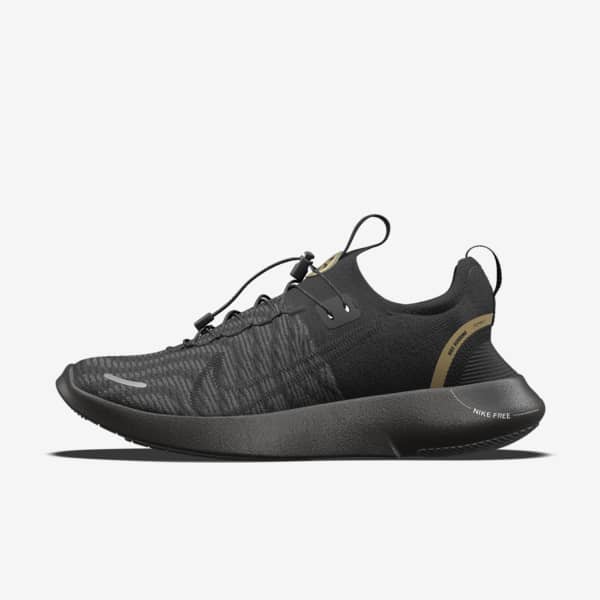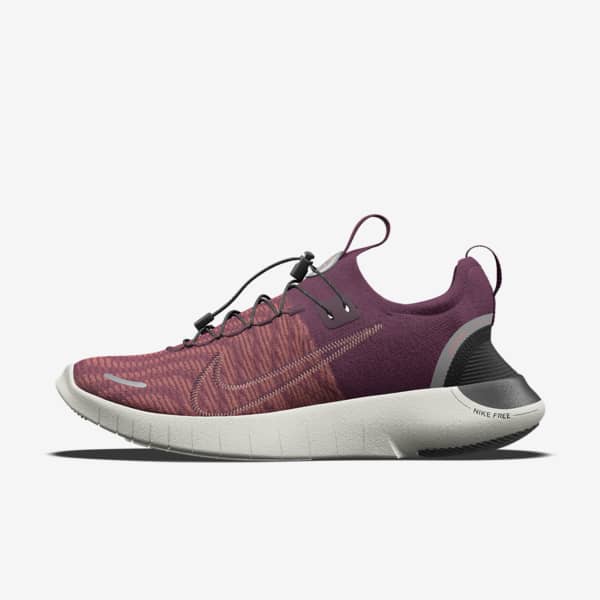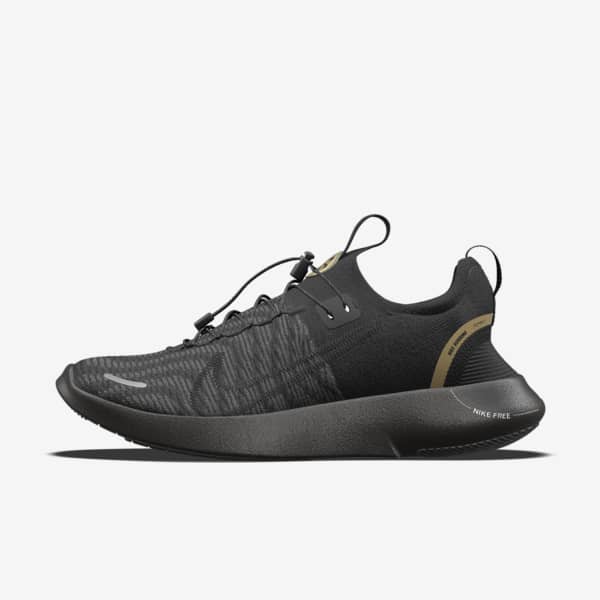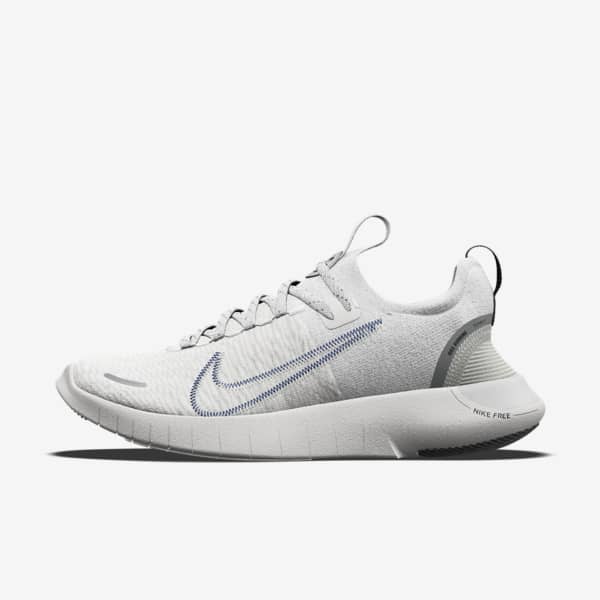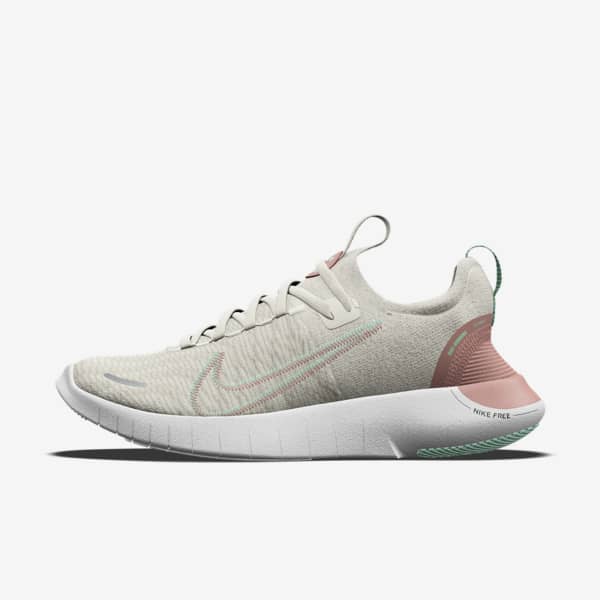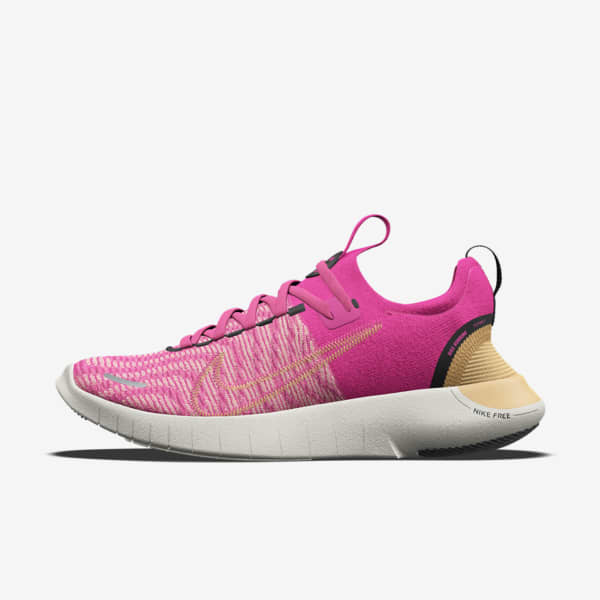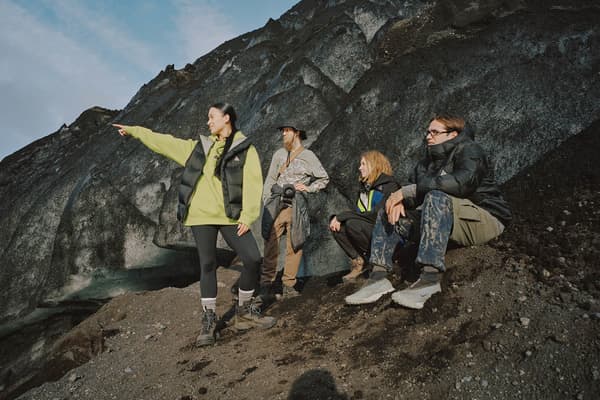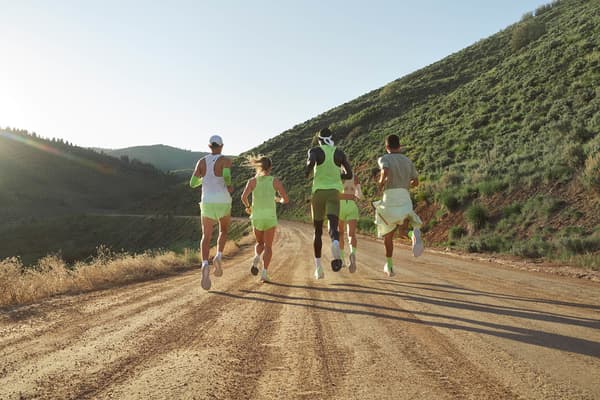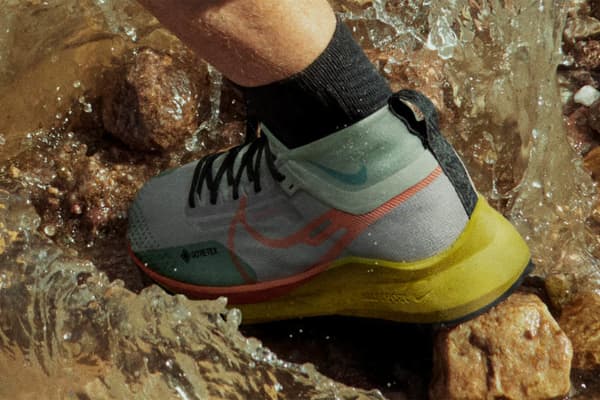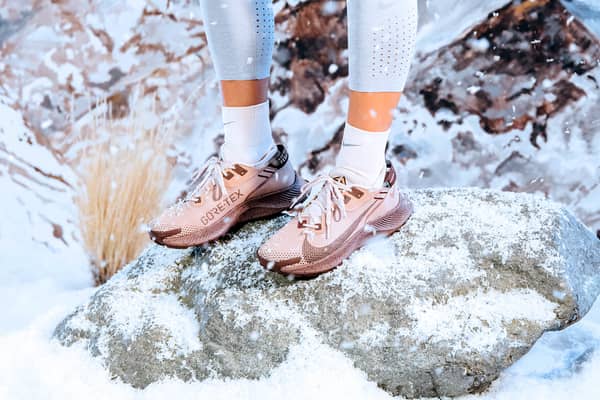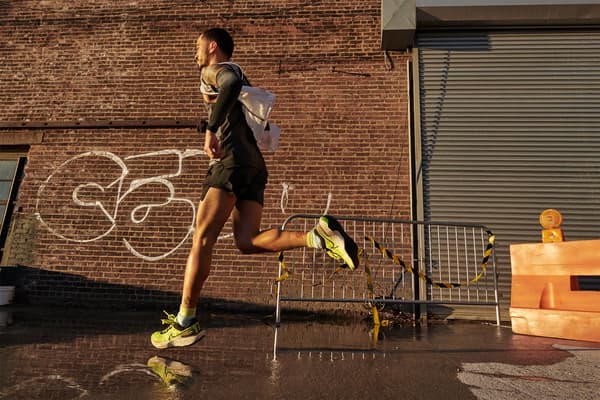Tips for Buying Minimalist Running Shoes
Buying Guide
Minimalist running shoes strip running back to basics. Here's what to look out for if you want a barefoot feel when your feet meet the ground.

Minimalist running shoes strip running back to basics, giving you the feeling of just you and your feet moving naturally and freely throughout your run. The barefoot feel that comes with minimalist shoes comes from a sole with less cushioning, letting your feet feel a closer connection with the ground.
When shopping for the best minimalist running shoes, it's important to look for a few key features—and to recognise that barefoot running shoes aren't right for everyone. Understanding the uses and benefits of running shoes (barefoot-style or otherwise) can help you make an informed decision.
What Are Minimalist Shoes and Barefoot Running Shoes?
The human body is built to run. To protect our feet, we wear shoes. But the type of running shoe we choose to run in is very important. Each type of running shoe contains different features: arch support, cushioning, heel cup, heel-to-toe drop, among many others.
The type of running shoe you wear can affect your running biomechanics. Minimalist or barefoot running shoes are flexible, light shoes that have less cushioning than traditional running shoes, hence the barefoot feeling that comes with wearing them. This type of running shoe appeals to certain runners who enjoy less support or cushioning in their shoes in favour of that natural, closer connection with the ground that minimalist shoes offer.
What Are the Benefits of Minimalist Shoes and Barefoot Running Shoes?
One study published in 2016 in Sports Biomechanics found that runners were 9.2 times more likely to have a forefoot or midfoot strike in minimalist running shoes than in traditional running shoes. A forefoot strike may have several benefits, including helping to reduce ground reaction forces and ground contact time—in other words, better running efficiency.
Because minimalist running shoes have less cushioning to absorb impact, runners who wear them tend to rely more on their foot strength and muscle tissue to aid cushioning instead of on the components of the running shoe. In fact, one 2019 study found that wearing minimalist running shoes for six months increased foot strength by 60 percent.
Traditional running shoes, on the other hand, provide more stability and arch support for your feet as you run. These types of running shoe are typically better suited to runners who prefer more support, are overcoming injury or have foot conditions such as flat feet or overpronation.
Some argue that, because minimalist shoes encourage midfoot or forefoot striking, they can help prevent injury. A study published in the British Journal of Sports Medicine found that barefoot runners report fewer knee injuries and less heel pain, and another study published in the European Journal of Sports Science found that barefoot shoes increase ankle dorsiflexion, which can correct foot strike and help reduce injury risk.
But the jury is out on the barefoot approach—not all runners or feet are built the same. Minimalist shoes and barefoot running shoes aren't going to be suitable for everyone. Here are some tips to help you decide which type of running shoe is right for you.
Tips for Buying Minimalist Shoes or Barefoot Running Shoes
1.Check the Heel-to-Toe Drop
One difference between minimalist running shoes, barefoot running shoes and traditional running shoes is the heel-to-toe drop. The heel-to-toe drop refers to the amount of cushioning running shoes contain. The cushioning isn't equal across the base of the shoe; it decreases from the heel of the shoe to the toe. This style of cushioning can affect foot strike and running gait. Thus, different heel-to-toe drops are suitable for different runners.
- Traditional Running Shoes
Traditional running shoes or stability shoes have a heel-to-toe drop of 8 to 12 millimetres. This encourages a rearfoot strike, providing plenty of cushioning for your feet to absorb the shock of hitting the ground. This type of running shoe can prevent overstriding and may help with overuse injuries like plantar fasciitis.
- Minimalist Running Shoes
Minimalist running shoes have minimal cushioning, which explains their name. They contain a low heel-to-toe drop of 4 to 8 millimetres. Less cushioning in a running shoe can shift your strike to the forefoot.
- Barefoot Running Shoes
Barefoot running shoes are a type of minimalist shoe. They typically have a zero heel-to-toe drop, mimicking how you'd run barefoot. Instead of a heel-to-toe drop in cushioning, barefoot running shoes are flat. The small amount of cushioning is the same from the rearfoot to the forefoot. These shoes offer flexibility and lightweight construction, which delivers minimal interference with how your foot would move naturally when running.
- Traditional Running Shoes
2.Opt for Lightweight
One appeal of minimalist running shoes is that they are lightweight. This type of running shoe allows for a natural gait and delivers better energy return because you're not lifting much weight in terms of the running shoe with each stride. This can decrease ground contact time, which can help you achieve a more efficient running stride.
One study published in Sports Medicine found that running in flexible, lightweight but well-cushioned running shoes optimises running economy (in other words, how much energy you use when you're running). Specifically, when compared with stiff shoes, minimalist running shoes improved oxygen consumption by 2.8 percent.
3.Make the Change Slowly
If you've always run in highly cushioned shoes, it's best not to immediately switch to barefoot running shoes. Make sure you make the transition slowly in order to help prevent injury. Switch to neutral shoes for a few weeks or months before making the adjustment to zero-drop shoes. While thin-soled barefoot shoes may help strengthen your Achilles tendon and calf muscles, this takes time. If you transition too quickly, you may risk straining your muscles or causing tightness.
4.Get a Wide Toe Box
Minimalist running shoes typically have a wide toe box. A toe box is the amount of room your toes have to move around in the shoe. A wide toe box in a running shoe allows your toes to splay out upon each stride, which over time can help improve gait. The toe box size is an important consideration when choosing any type of running shoe.
5.Know Your Feet
Minimalist shoes and barefoot running shoes aren't recommended for everyone. If you have a history of foot pain or discomfort, check with a podiatrist or doctor before switching up your footwear. Common running injuries such as plantar fasciitis are often treated by wearing well-cushioned shoes in order to provide necessary support and relieve pain. It's possible that wearing barefoot shoes could worsen this type of injury.
6.Know Your Terrain
The type of running you do also matters. Trail running covers different terrains, which may require more cushioning and protection for your feet. For example, trail running shoes offer a stiffer midsole for support on uneven surfaces. If you're trying to run barefoot or with minimalist running shoes for the first time, use caution and practise on flatter surfaces until your feet are used to the sensation.
